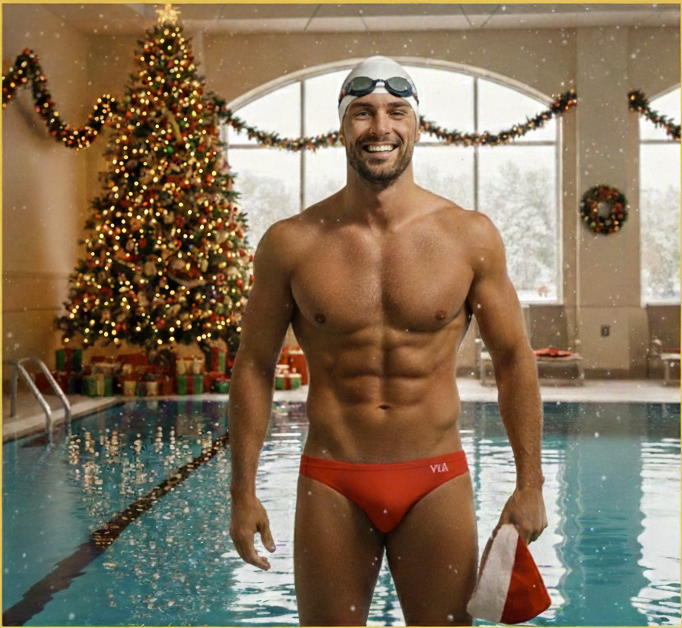
Swim briefs, with their sleek design and minimal coverage, are a popular choice among swimmers, especially those who take their training seriously. While swim briefs provide certain advantages in terms of freedom of movement and reduced drag, optimizing training when wearing them requires specific considerations. This article offers essential training tips for swimmers who prefer the streamlined fit of swim briefs.
1. Mastering the Basics: Focus on Form
For swimmers wearing swim briefs, perfecting stroke technique is crucial. The reduced drag of swim briefs means any flaws in technique are more noticeable. Focus on drills that enhance your stroke efficiency, body rotation, and streamline position. Pay particular attention to your kick; swim briefs allow for a greater range of motion, making it essential to develop a strong, effective kick.
2. Embrace the Feel of the Water
One of the benefits of swim briefs is the increased feel of the water. Use this to your advantage by practicing drills that heighten your water sensitivity. Sculling and fingertip drag drills can improve your feel for the water, enhancing your propulsion and stroke technique.
3. Incorporate Resistance Training
While swim briefs reduce resistance in the water, incorporating resistance training into your workouts can build strength and power. Use tools like paddles, fins, and drag suits during certain training sessions to develop muscle and improve endurance.
4. Speed Work and Sprinting Drills
Swim briefs are ideal for speed work and sprinting drills due to their minimal drag. Regularly include sprints in your training to work on your speed. These sessions should focus on high-intensity, short-distance repeats with adequate rest to ensure you\’re swimming at your maximum speed.
5. Endurance Sessions
Even though swim briefs are often associated with speed, don\’t neglect endurance training. Long, steady swims are essential for building stamina, an important aspect for swimmers at any level. These sessions help you get comfortable with the sustained effort, a key for competitive swimming success.
6. Flexibility and Core Strength Exercises
Swimmers wearing swim briefs should focus on developing a strong core and flexibility. Incorporate exercises like Pilates, yoga, and core stability workouts into your training regimen. A strong core improves your swimming efficiency, while flexibility aids in injury prevention and better range of motion.
7. Recovery and Care
Post-training recovery is vital. Since swim briefs expose more of the body to chlorine and other pool chemicals, it’s important to rinse off immediately after swimming. Additionally, focus on hydration, nutrition, and rest to ensure your body recovers and rebuilds effectively.
8. Mental Preparation
Swimming, especially in competitive scenarios, requires mental toughness. Practice visualization techniques and positive self-talk. Wearing swim briefs might require a level of confidence and mental strength, especially in a competitive environment.
Conclusion
For swimmers who choose swim briefs, training smart is key to leveraging their advantages. By focusing on technique, incorporating a variety of drills, and paying attention to recovery and mental preparation, swimmers can maximize their performance. Whether you\’re training for competition or swimming for fitness, these tips can help you make the most out of your swim briefs and your time in the pool.

